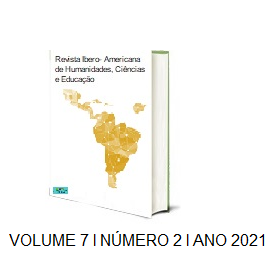CHILDREN INVISIBILIZED: REFLECTIONS ON THE BLACK CHILD IN THE HISTORY OF VILHENA-RO
DOI:
https://doi.org/10.51891/rease.v7i2.588Keywords:
Black Childhood. Migration. Vilhena-RO.Abstract
This work seeks to promote the visibility of black children in the daily history of Education in Vilhena-RO, between the years 1960 and 1980. It is known that in history, children have not received the visibility deserved by their social, cultural roles, and in this context, black children are practically even more invisible. Few records have the presence of non-white children during the process of colonization and migration of Vilhena, as if there were no people of different ethnicities. The story told is white, without blacks, browns, without the native peoples of the forest. As this is a research that also involves the theme of cultural diversity, this investigation seeks to contribute to the discussion of the rupture of the Eurocentric model in education and successively in the historical and social analysis of the participation of people of African descent in the construction of a multicultural education in the Brazilian school. The methodological execution within the scope of the New Cultural History (NHC) uses documentary sources and historical photographs of the migrants' childhoods who had experienced such an experience in the study scenario.
Downloads
Downloads
Published
How to Cite
Issue
Section
Categories
License
Atribuição CC BY

